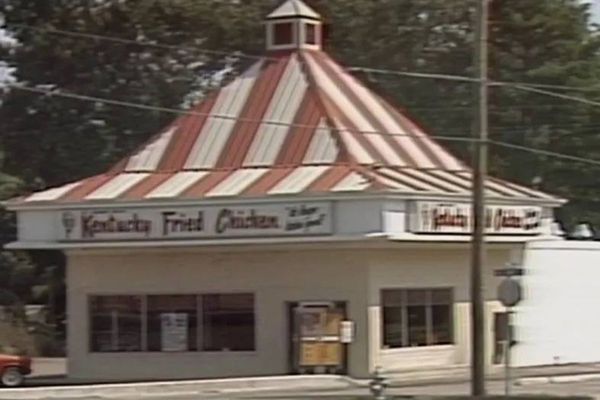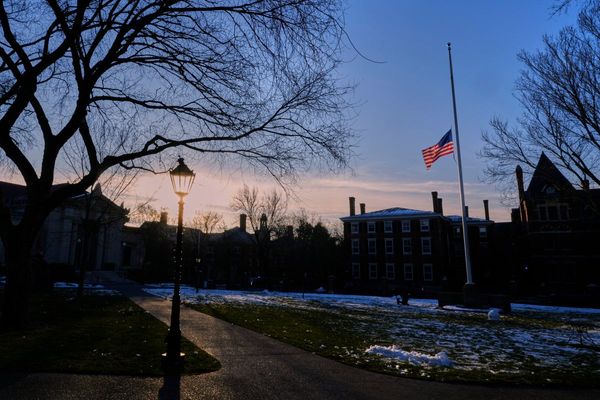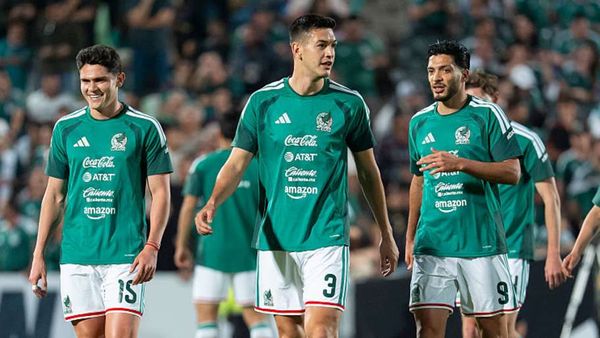WASHINGTON _ California Latinos turned out to vote in big numbers in November's midterm elections, helping Democrats flip seven House seats and raising expectations for the role they may play in 2020.
Data obtained by McClatchy show that the proportion of Latinos voting in the seven California congressional districts that Democrats targeted last year rose to levels normally seen in presidential elections.
Democratic leaders point to President Donald Trump's anti-immigrant rhetoric and the party's own get-out-the-vote operation for spurring the heavy turnout.
"It started with the Trump effect. There was incredible frustration and anger with the Trump administration's policies and rhetoric among the Latino community," said Matt Barreto, co-founder of the liberal national polling and research firm Latino Decisions.
"But it takes organizing to turn that anger into votes," he said, crediting the Democratic Congressional Campaign Committee and other Latino-focused groups such as Mi Familia Vota, Unidos and Voto Latino.
Historically, Latino turnout in midterm elections is much lower than in presidential election years. Latino voters comprised 21 percent of total votes in the 2018 election, up from 15 percent in the 2014 midterm election, according to figures by Political Data Inc. and the UC Davis Center for Regional Change.
The Latino share of the California vote in November was similar to 2016, when Latino's made up 21 percent of the state's electorate, and 2012, when Latinos accounted for 19.5 percent of the vote.
Latino turnout numbers were particularly stark in the six districts where the Democratic Congressional Campaign Committee invested heavily in voter turnout by purchasing Spanish TV and radio ads and mailers, setting up booths at Latino community events and knocking on doors of identified Latino households to encourage them to vote.
"In 2018 the DCCC made history when we flipped seven districts in California and shattered Republicans' hold on Orange County," said Cole Leiter, spokesman for DCCC. "We didn't win those seats to rent them for two years, and we are already working to ensure their newly elected Representatives win in 2020, and for years to come."
The DCCC plans to use those results to expand its delegation in California, announcing Monday that it would be targeting Republican Reps. Devin Nunes of Tulare and Duncan Hunter of San Diego in 2020, both members in GOP strongholds of the state who won re-election by less than 5 percentage points.
"If the DCCC can keep up the momentum more seats are attainable in 2020," Barreto said. "Presidential elections see more young people and minority groups voting, so if they make the same investments those numbers will be even higher."
In the 10th Congressional District around Modesto, for example, the DCCC and other Democratic groups bought targeted ads for challenger Josh Harder and canvassed Latino neighborhoods, spending about $7 million for Harder and against Republican Jeff Denham. Some of the party's Spanish language ads criticized Denham's votes on health care.
The outreach paid off with the Latino share of the district's electorate rising to 26 percent, up from 18 percent in 2014, according to data from Political Data Inc. Harder defeated Denham by close to 5 percentage points.
There are two ways to measure turnout _ from the composition of the total vote and from measuring the number of eligible registered voters who actually cast ballots in the election.
In the 10th Congressional District, 58 percent of eligible Latino voters cast ballots in 2018. That's down from the 67.5 percent share who voted in 2016 but much higher than the 29 percent who voted in 2014.
The differences in those measurements could be a reflection of less white voter participation in the 2018 election and an increase in registered Latino voters. The number of registered Latino voters nationwide has been steadily increasing, according to the nonpartisan Pew Research Center.
Those numbers are going to continue to be bad news for Republicans, especially with Trump at the helm of the party, said Virginia Madueno, a former Riverbank mayor and former Democratic congressional candidate. She said she was surprised turnout numbers weren't even higher.
"You're definitely going to see higher numbers in 2020," Madueno said. "As long as Republicans continue to support Trump's rhetoric, I just don't see how a Republican can be successful here."
Democrats did not put as many resources in the 21st Congressional District, centered on Fresno, as they did in the other six Republican districts they flipped in November. In total, they spent $1.2 million in the 2018 election cycle. Still, Latino turnout there was much higher than in 2014.
About 45 percent of registered Latino voters voted there in 2018, but up from 31 percent in 2014. Democrat T.J. Cox won the district, defeating Republican incumbent David Valadao.
Democrats also flipped five districts in Southern California: the 25th, 39th, 45th, 48th and 49th. In all of those, the amount of eligible Latino voters who voted in 2018 increased by more than 30 percentage points over their participation in 2014.
Camille Gallo, a spokeswoman for the National Republican Congressional Committee, declined to comment on the actions of the "previous NRCC regime." She also declined to discuss strategy in 2020.
This was the first election cycle the DCCC invested in Latino turnout early, in January and February of 2017. Barreto said that's particularly important to continue this year, as the presidential race will draw money and attention away from congressional races as the cycle continues.
Eric Guerra, a Sacramento city councilman who canvassed in Latino communities in the San Joaquin Valley, agreed.
"Voting is a cultural thing. You have to build up, you can't just start up a month or two before the election," Guerra said. "That early investment created a culture. Latino voters have started talking about what partisan politics means for them."







